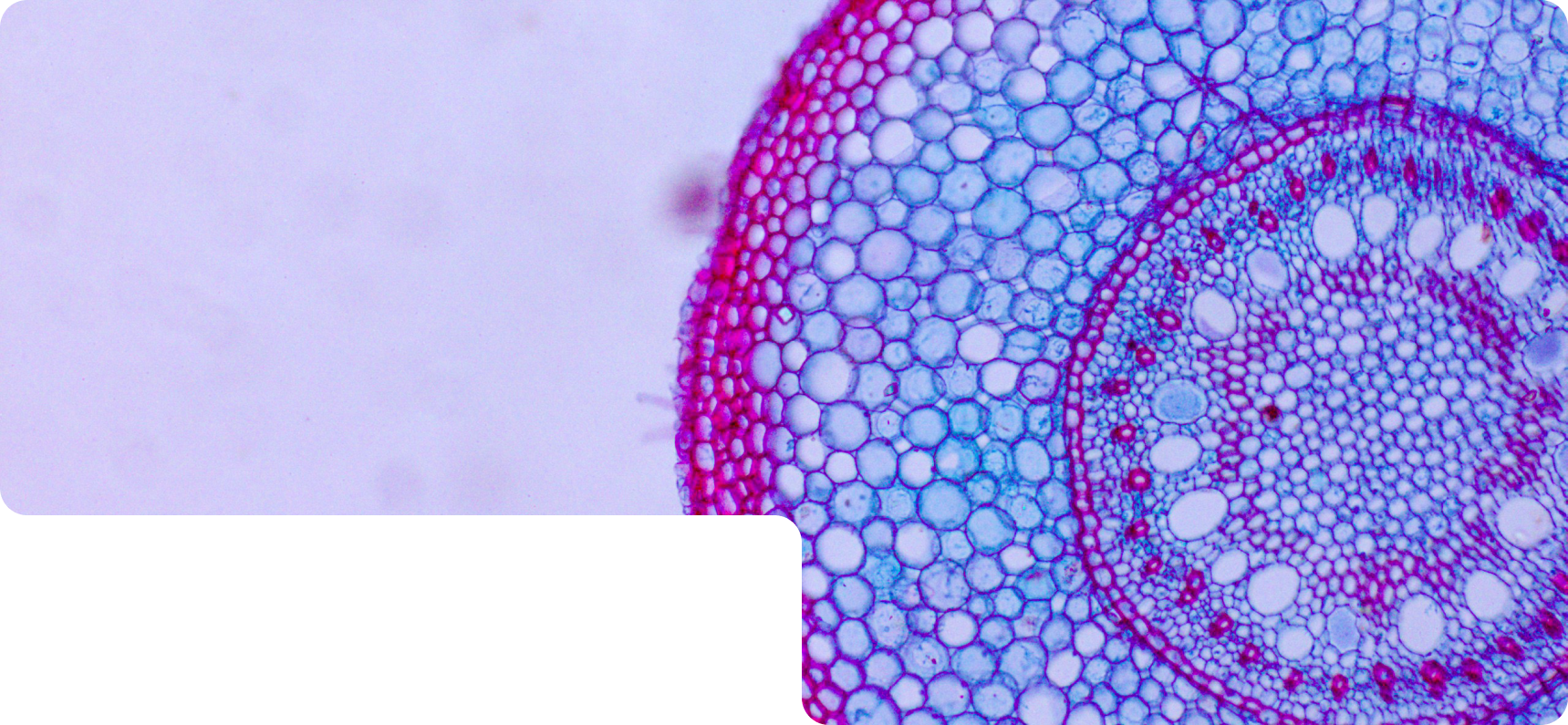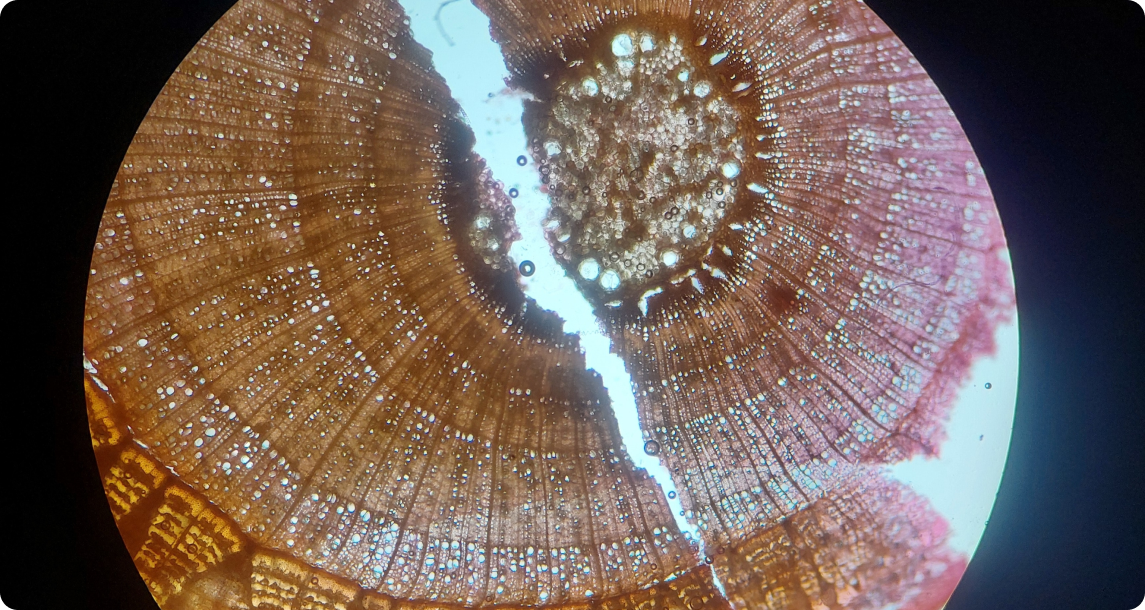 Our Research
Our Research
Optogenetic rejuvenation of mitochondrial membrane potential extends C. elegans lifespan
Received: 28 January 2022
Accepted: 22 November 2022
Published online: 30 December 2022
Brandon J. Berry 1, Anežka Vodičková2, Annika Müller-Eigner3, Chen Meng4, Christina Ludwig 4, Matt Kaeberlein 1, Shahaf Peleg 3 & Andrew P. Wojtovich 2
We investigated the role of mitochondrial membrane potential (Δψm) in aging using the model organism Caenorhabditis elegans (C. elegans). Mitochondrial dysfunction has long been associated with the aging process, but it was not entirely clear whether the decline in Δψm is a cause or a consequence of cellular aging. To address this question, the researchers used an optogenetic approach to increase Δψm in adult C. elegans through a light-activated proton pump called "mitochondriaON" (mtON). They found that increasing Δψm in adult worms improved age-related phenotypes, extended their lifespan, and mitigated age-associated physiological decline.
The study employed an optogenetic technique to specifically target and enhance mitochondrial membrane potential (Δψm) in C. elegans during adulthood. They achieved this by using the mtON protein, which is a light-activated proton pump targeted to the mitochondria. Mitochondrial membrane potential naturally declines with age in C. elegans, and the researchers successfully reversed this decline using the optogenetic approach in two different genetic backgrounds.
Furthermore, the study demonstrated that increased Δψm during adulthood extended the lifespan of C. elegans. Lifespan extension was observed in different genetic backgrounds, under various light intensities, and in different laboratory settings. The researchers also found that this effect was sensitive to the mitochondrial uncoupler FCCP, which dissipates Δψm, confirming the causal relationship between increased Δψm and extended lifespan in C. elegans.
In summary, this study provides direct causal evidence that rejuvenating mitochondrial membrane potential in adult C. elegans using optogenetics can slow the rate of aging, improve healthspan, and extend lifespan. The findings suggest that targeting Δψm may be a promising approach for delaying aging and improving age-related functional decline. However, the authors acknowledge that further research is needed to explore the broader implications of this mechanism in other longevity paradigms and to understand the potential impact on redox metabolites, such as NAD+/NADH, which are known to influence biological aging.


